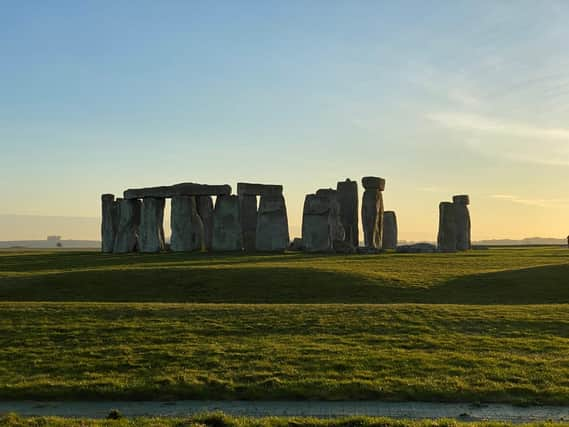Discovery indicates original Stonehenge may have been built in Wales - what archaeologists found


The discovery of an ancient stone circle has lent credence to a 12th century myth that the original Stonehenge was actually built in Wales.
First recorded by Geoffrey of Monmouth 900 years ago, the ancient myth tells a tale of the wizard Merlin taking men to Ireland in order to capture a magical stone circle and rebuild it in England as a memorial to the dead.
Advertisement
Hide AdAdvertisement
Hide AdThe account had long been dismissed as fabrication, but archaeologists have now discovered a stone circle in a part of Wales once considered Irish territory which may prove the legend to be more than just a myth.
What did archaeologists find?
A series of Neolithic buried stone holes, following the circle's outline, have been uncovered. The shapes of the holes can be linked to Stonehenge's famous bluestone pillars, with one hole carrying an imprint that matches a cross-section of a Stonehenge pillar "like a key in a lock", said one of the archaeologists.
At 110 metres, the circle's diameter is identical to the ditch enclosing Stonehenge. The Welsh discovery is also aligned on the midsummer solstice sunrise, just like Stonehenge.
Mike Parker Pearson, a professor of British later prehistory at University College London, told The Guardian: “I’ve been researching Stonehenge for 20 years now and this really is the most exciting thing we’ve ever found.”
Advertisement
Hide AdAdvertisement
Hide AdHe added that Geoffrey of Monmouth's legend may well contain a "tiny grain" of truth, saying: “My word, it’s tempting to believe it … We may well have just found what Geoffrey called the Giants’ Dance.”
Backing an ancient myth
The discovery backs a century-old theory that Stonehenge was in fact built first in Wales, where it stayed for hundreds of years before being pulled down and dragged over to Wiltshire, where it was rebuilt as the Stonehenge we know today.
A century ago, Geologist Herbert Thomas suggested that the Stonehenge pillars originated from the Preseli hills of Pembrokshire, where they once formed a “venerated stone circle”.
At the time, the theory was dismissed, but the new finding in Wales is just three miles from the Preseli quarries where Thomas suggested the stone was mined from.
Parker Pearson and his team have been searching for evidence to back this theory up for several years, and believe this latest find may have proved Thomas correct.